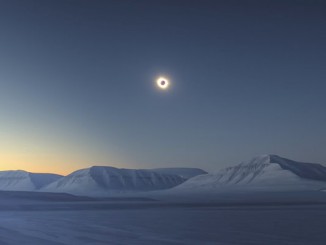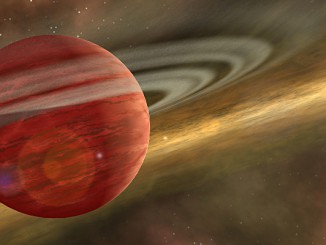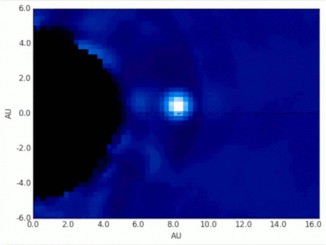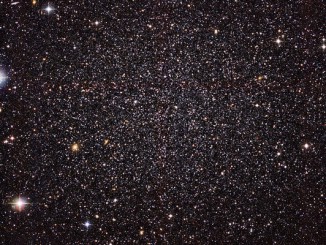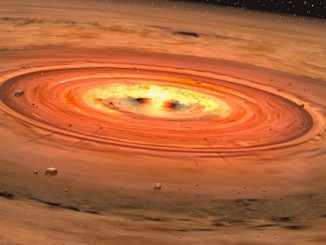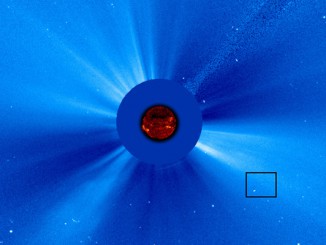
Hubble observes galaxies’ evolution in slow motion
It is known today that merging galaxies play a large role in their evolution, and the formation of elliptical galaxies in particular. However, there are only a few merging systems close enough to be observed in depth. The pair of interacting galaxies seen here — known as NGC 3921 — is one of these systems. But ‘close’ is a relative term: NGC 3921 lies 270 million light-years away.

